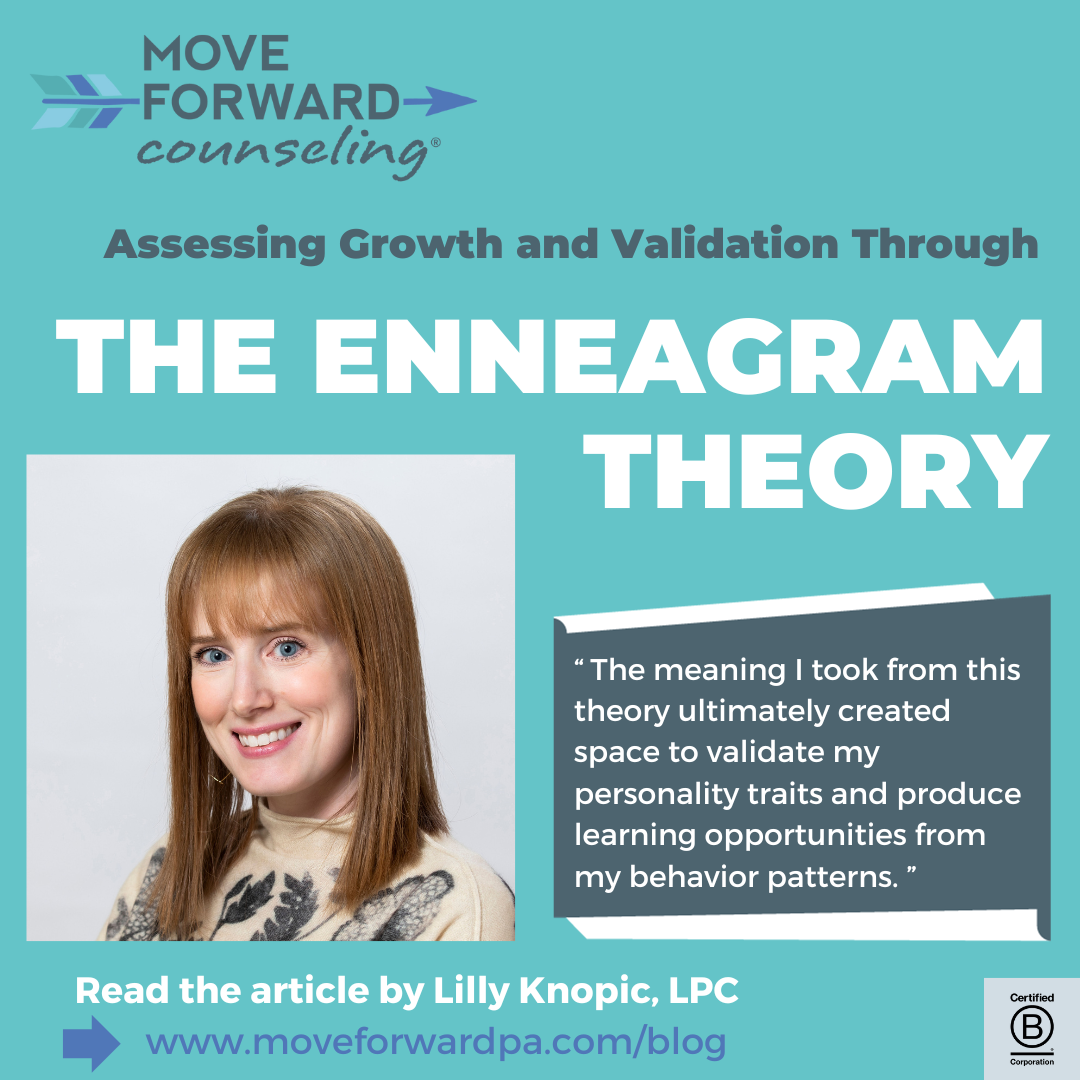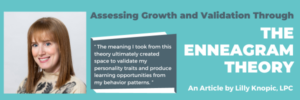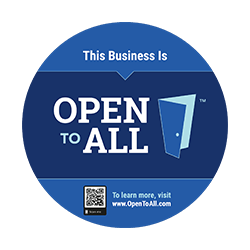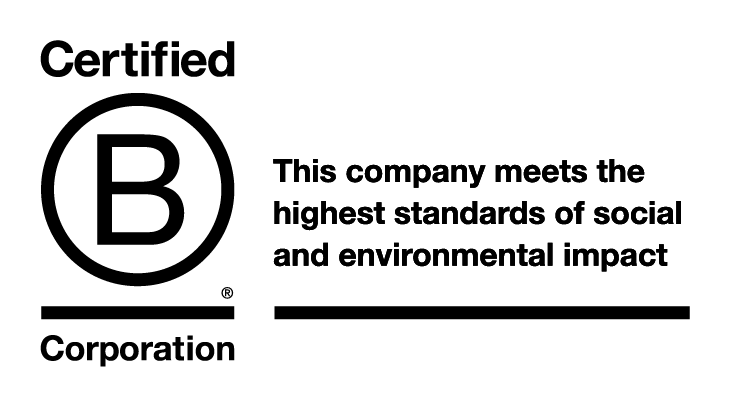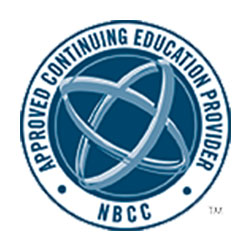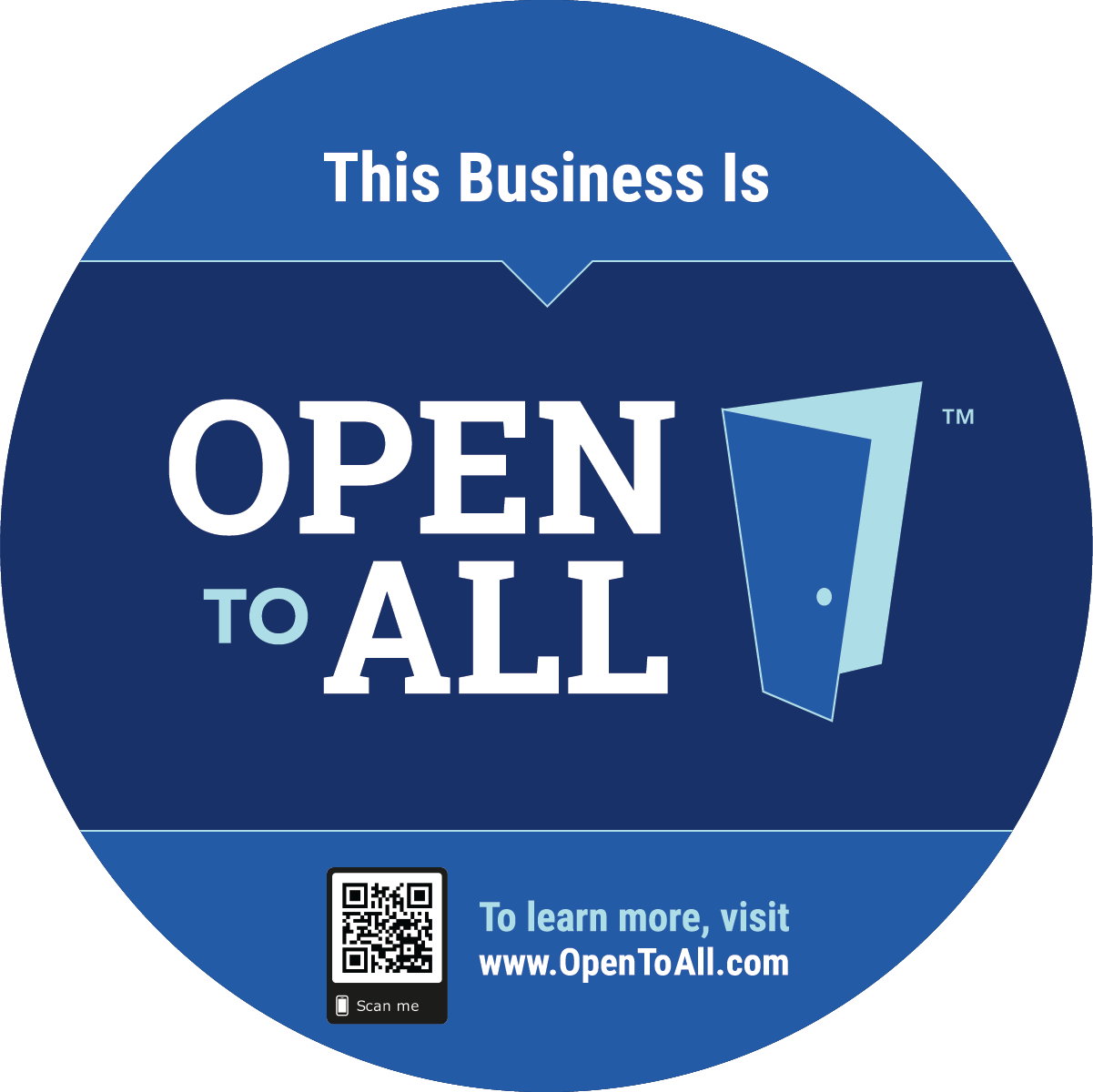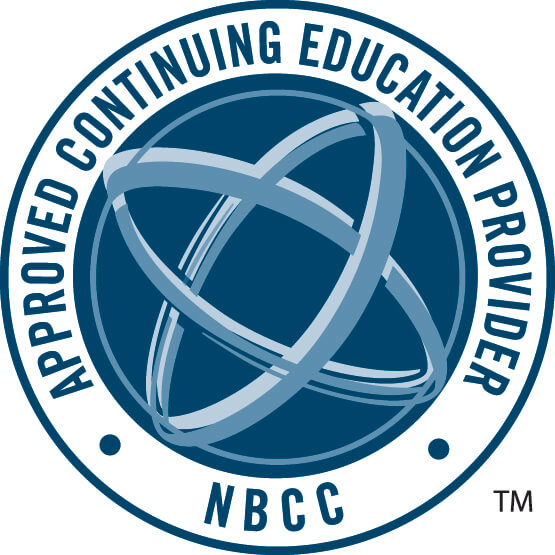Accessing Growth and Validation through the Enneagram
An Article by Move Forward Counseling therapist Lilly Knopic, LPC
The Enneagram Theory
A foundational concept in DBT (Dialectical Behavior Therapy) is the value of balancing acceptance and change. This means we accept and understand our factual reality, such as our current skills, thought patterns, and learning history, while equally implementing behaviors that promote change related to what prevents us from accessing positive emotions and living according to our values. How do we balance acceptance and change, though? I always look for the “how” in a concept, specifically describing the action I can engage in to form beneficial habits.
In my quest to maintain this balance, I discovered the Enneagram theory. The meaning I took from this theory ultimately created space to validate my personality traits (remembering that validating is simply understanding, not agreement or complacency) and produce learning opportunities from my behavior patterns, which can be effective for various values-driven goals.
Breaking Down the Basis of the Enneagram Theory
The Enneagram is a personality theory based on observation, oral tradition, and research (Case, 2020). The Enneagram communicates that there are nine distinct types (“ennea” from Greek meaning “nine”) labeled as numbers 1-9 (for example, I identify with “Type 4”, my friend would describe herself as a “Type 6,” etc…). The theory is that individuals in each type possess the same internal motivators and uncertainties. Certain non-preferred emotions are easily accessed within types. Those in a type may demonstrate similar behavior patterns due to these similar views and motivators. For example, there are moments in life when I have felt misunderstood or invalidated by others during experiences, confused as to why my point or intention wasn’t clear or prompted a further problem.
There are also many times when I am frustrated with myself, specifically the consequences of my reactions or internal desires. Personality typing, specifically the Enneagram, allowed me to put words onto these experiences and dilemmas. Please note that not every behavior is related or reducible to someone’s Enneagram type (we are not a number), yet having self-awareness helps us engage in behaviors that align with our values and improves our ability to strive for what we need. Like other theories and practices, there are many schools of thought and a plethora of social media content, consultants, assessments, and books to help support one’s journey in understanding all information. I’d encourage the reader to be thoughtful and collaborate with your therapist about what resources and tests to access to investigate your type.
A Tool to Navigate Life
The Enneagram, in the simplest definition, is a tool that assists us in navigating life with the light turned on. Self-awareness occurs through mindfully observing and pulling information into our brains, which helps us approach goals with self-compassion (honoring acceptance) and effectiveness (honoring change). The balance is imperative, which the Enneagram respects. As an example of the need for balance, we’d agree it is meaningful to lean towards the side of change when we have a goal, yet leaning too heavily towards change can evoke dissatisfying thoughts towards ourselves, such as “should” statements or comparisons to a different version of ourselves—the scale tips in an unhelpful way.
Attainable Shifts in our Behaviors
The Enneagram leans into self-compassion and change by fostering small, attainable shifts in our behaviors that focus on curiosity (the why and what you need to access support) versus focusing on discipline, which inevitably leads to judgments. For example, I am mindful that envy is an emotion that is easily accessible to me. We are all born with the emotion of envy, and it serves a biological function. However, even though envy is a human experience, most would agree it is a very uncomfortable emotion due to its ability to prompt additional unwanted emotions or problematic outward behaviors, hence the benefit of noticing it.
First, I have to notice the envy and my vulnerabilities towards envy. Then, if I explore envy with curiosity and understanding, especially within the framework of being a Type 4 and recognizing the related strengths, I can develop a plan. The plan could be to access more factual thoughts of acceptance of my situation, engage in a skill to tolerate or move through the envy, or listen to the envy and work effectively towards obtaining specific goals. Mindfulness about our vulnerabilities is an effective recipe for compassion and empathy, as we learn through the Enneagram that others also possess unique strengths and challenges. Perhaps everyone is doing the best they can with the skills they have in the here and now. And we all can strive to be more effective.
Implementing Concepts & Behaviors
Once you learn about your Enneagram type, here are a few of my behaviors to implement the concepts:
• Use strength-based language towards yourself and take a “Nonjudgmental Stance” (DBT-informed skill): For example, rather than describing yourself as “lazy” or “dramatic,” try describing your behaviors and the function of the behavior. For example, “lazy” might mean many vulnerabilities are present, prompting fatigue and a need to recharge. Judgments only bring up unwanted emotions.
• Approach relationships effectively: Explore what you are contributing, both positively and unhelpfully. Needs can be met more easily by communicating your thoughts effectively and descriptively. There is a benefit in understanding what you can control in a relationship and when worrying is ineffective.
• Merging of action and awareness is called “Participating:” When we are more participatory and intentional in life, this is an opportunity to prompt more positive emotions. Compassion, love, pride, and other helpful emotions require presence and awareness. Use the Enneagram to increase behaviors that honor your strengths and proceed mindfully, such as accessing a new hobby, gratitude journal, something that builds mastery, or connects with a community.
• “Opposite Action:” The Enneagram can help us identify the behaviors we access more easily during stress. This insight leads to effectiveness with our coping. Self-awareness of the emotions we struggle with the most allows us to engage in “Opposite Action” to our feelings and urges. For example, if anger is easily accessed by fear or threat to a motivator of your Type, resist the urges of anger by acting the opposite of “attacking” (the function of anger). Contribute to another person, choose to be actively kind towards someone else, or remove yourself from the situation and engage in an activity that promotes relaxation.
• Accessing the “kernel of truth” in another’s perspective: It is important to note that we cannot “type” another person, as only they know the true motivators behind the outward behaviors; however, just understanding the fact that not everyone sees situations through the same lens, can help remove our resentment and judgments from a situation. What is someone’s kernel of truth in a situation?
Enneagram and Counseling with Me
It is important to note that the Enneagram is not an evidence-based process or a treatment modality in therapy; however, having different systems to describe situations can be meaningful. The journey of identifying your type can be interesting alone and, dare I say, even fun. Learning about the Enneagram is an actionable item towards acceptance and change if you seek a new way to engage in therapy and a new tool to gain some potential insight. Visit my bio to learn more about me or schedule counseling with me if you are interested in approaching the use of the theory in your own life.
Thank you for taking a moment to read by article.
-Lilly
*A book that I enjoy and referenced in this blog: The Honest Enneagram by Sarajane Case (2020)
Case, S. (2020). The Honest Enneagram. Andrews McMeel Publishing.

